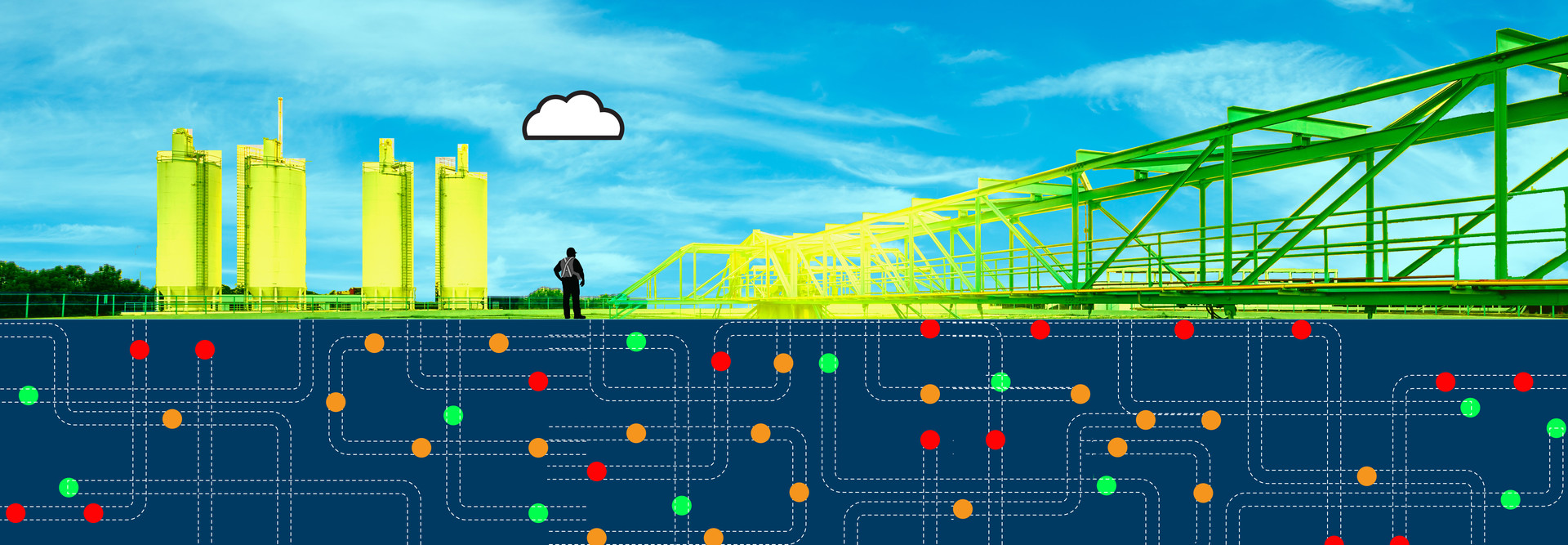The challenges facing the nation’s community water systems are vast and ever-expanding. It’s not enough that utilities across the country need to monitor for scores of contaminants and oversee broad water distribution networks. In recent years, they’ve been forced to develop strategies to maintain operations in the face of new threats posed by climate change, extreme weather and cybercriminals.
With so much ground to cover — while not losing sight of their critical public health mission — water utility professionals need all the help they can get to ensure the uninterrupted delivery of safe, clean drinking water.
Fortunately, these resources are available if water utility managers know where to look. Thanks to the Bipartisan Infrastructure Law (BIL) signed by President Biden in 2021, additional federal support for water systems will be coming online over the next few years.
Still, Congress can do more to help, particularly when it comes to supporting an effective Water Information Sharing and Analysis Center.
Click the banner below to get Insider access to exclusive security articles.
EPA Program Invests in Resilient Water Systems
One new program championed by the Association of Metropolitan Water Agencies (AMWA) is the Environmental Protection Agency’s Midsize and Large Drinking Water System Infrastructure Resilience and Sustainability Program. This competitive program will offer grant money to help eligible water systems (defined as those serving more than 10,000 people) increase their resilience by supporting projects focused on objectives including:
- Water conservation, reuse or efficiency
- Modification or relocation of infrastructure threatened by climate change or extreme weather
- Energy efficiency improvements or renewable energy generation
- Development or implementation of measures to reduce cybersecurity vulnerabilities
The program is based on a similar 2018 EPA initiative that focused on building resilience for drinking water systems that serve small or disadvantaged communities. With both in place, along with a resilience program exclusively serving the nation’s wastewater systems, AMWA is eager to see the EPA set out the program terms and begin offering grant opportunities to water systems from coast to coast.
Other parts of the BIL will sharpen the federal government’s focus on helping community water systems navigate the evolving technological landscape. One provision requires the EPA to study current and potential technologies that could enhance the treatment, monitoring, affordability, efficiency and safety of drinking water provided by public water systems. The law also calls for the creation of a grant program that will help small and disadvantaged water systems identify and deploy these technologies.
The possibilities here are broad. Could modern data management systems better inform utility officials about water demand, allowing them to make more informed decisions about storage, treatment and conveyance needs? Or might smart technologies that deliver real-time information on water use suggest more efficient management practices that enable better asset management and longer infrastructure lifecycles?
These are the types of questions that water systems will begin to answer as the federal government starts to study promising new technologies and offer funding to help local water systems test them and report on their potential.
Click here to learn more about cloud and IT modernization.
Congress Can Do More to Boost Water Information Sharing
While new EPA programs are welcome, they will supplement existing resources available to help water utility managers stay on top of ongoing and emerging threats, whether posed by Mother Nature, bad actors based in cyberspace or the physical world.
Most notably, the Water Information Sharing and Analysis Center (WaterISAC) is the water sector’s most comprehensive source for data, facts, case studies and analysis on the water security landscape. Resources offered by WaterISAC include information on water contaminants, terrorist threats, natural disaster preparedness and cybercrime. WaterISAC also provides analysis and resources to support response, mitigation and resilience initiatives at local water systems across the country. It also serves as a forum where water system stakeholders can trade information about recent incidents and response actions.
EXPLORE: What federal agencies can learn from the FDA’s cybersecurity modernization action plan.
Unfortunately, the scope of WaterISAC is limited today. The center receives no direct federal funding, so its operations are supported exclusively by dues-paying members, which prevents many of the nation’s 50,000 community water systems from fully participating.
To counter this, AMWA is working with Congress to look for ways to promote water utility participation in WaterISAC. They’re doing this both by enhancing the coordination between the center and the EPA and by potentially allowing the federal government to help offset some utilities’ costs associated with joining and contributing to the information sharing network. With so many risks to track, it only makes sense that we keep as many water systems as possible up to speed on the latest intelligence.
While it is an exciting time to be focused on water system resilience and technological development, much more remains to be done. AMWA and its members across the country will remain active shaping effective program designs and calling for adequate funding.














